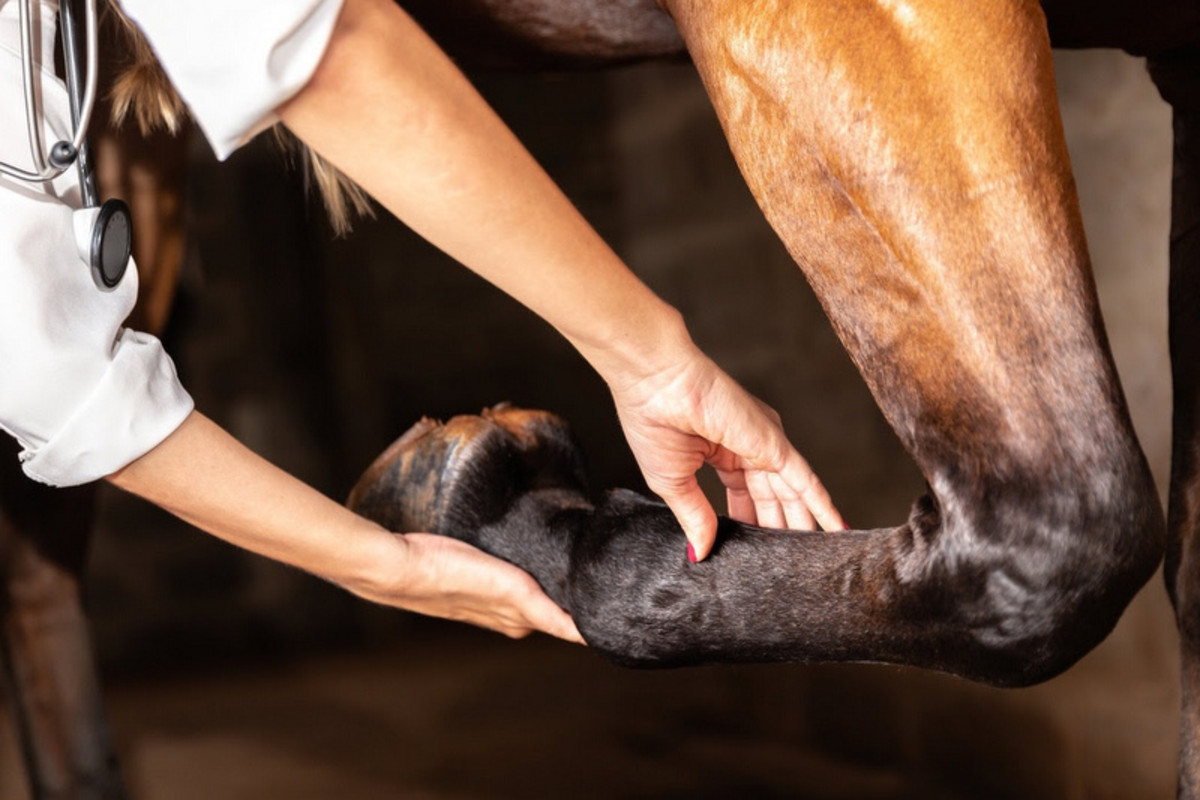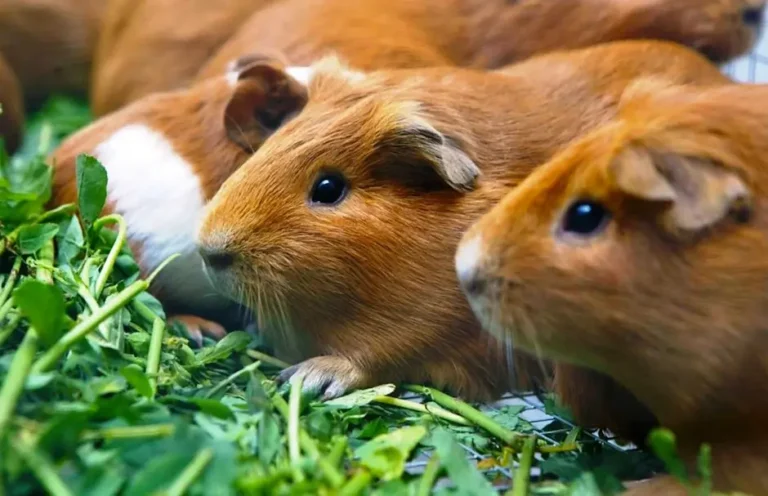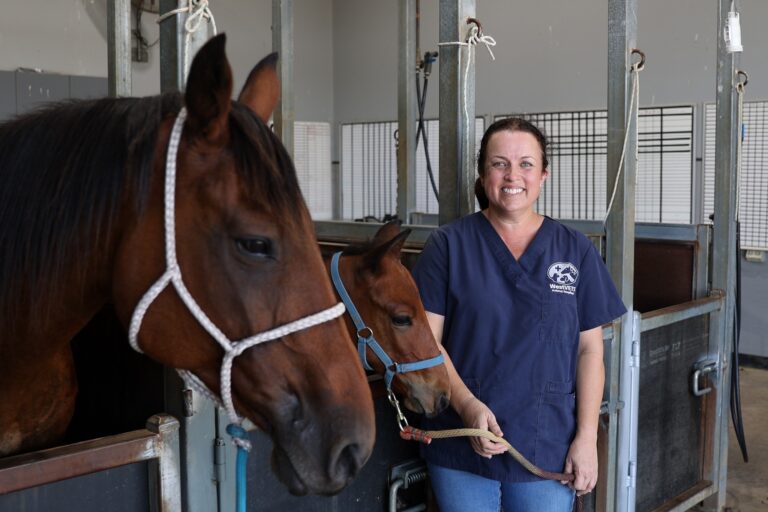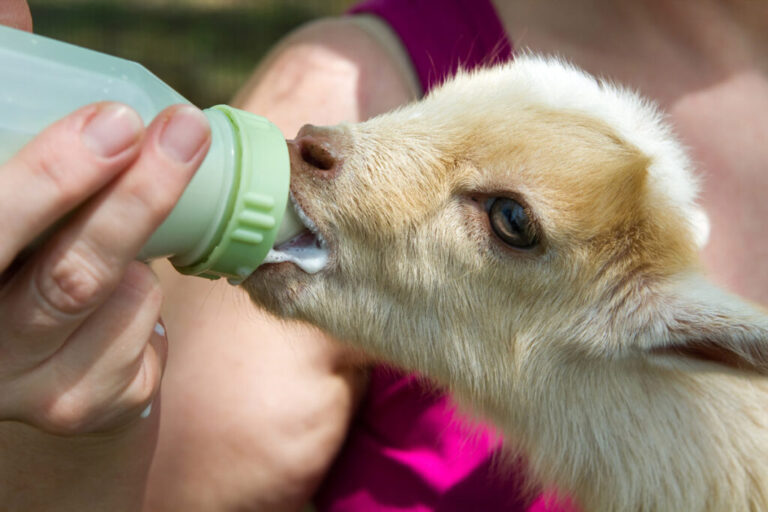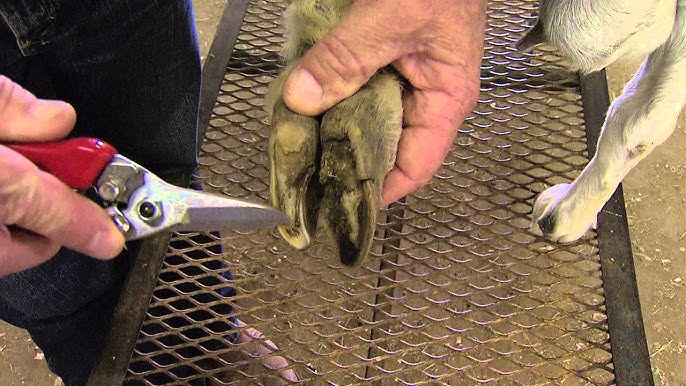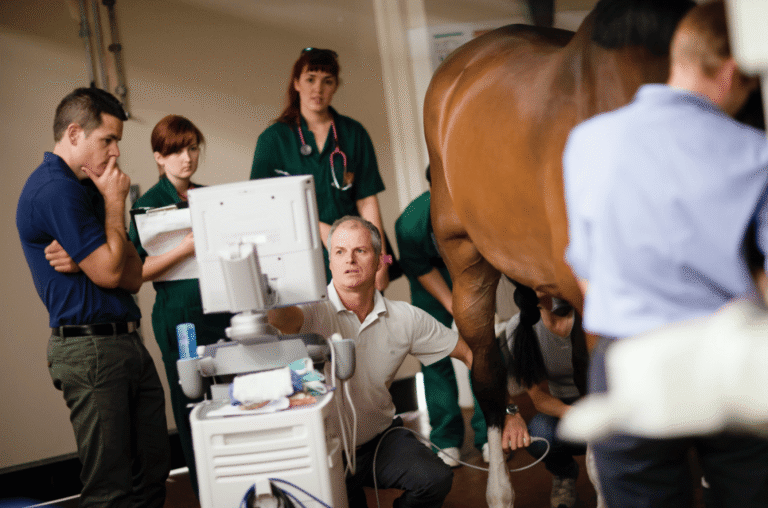Equine veterinary hospitals are the cornerstone of Australia’s thriving horse breeding and racing industry. They ensure the health, performance, and ethical treatment of horses that fuel this economic and cultural juggernaut. These specialized facilities support breeders and trainers, from producing champion foals to safeguarding racehorses on the track.
Equine veterinary hospitals provide advanced medical care, reproductive expertise, and welfare-focused services tailored to the unique needs of horses. This comprehensive guide examines their indispensable contributions to breeding, racing, and animal welfare.
The Importance of Equine Veterinary Hospitals in Australia
Australia’s horse breeding and racing industry is a global leader, generating over AUD 9 billion annually and supporting more than 80,000 jobs.
Centered in regions like New South Wales’ Hunter Valley and Victoria’s Goulburn Valley, the industry relies on equine veterinary hospitals to maintain its high standards. Unlike general veterinary clinics, these hospitals are equipped with cutting-edge technology and staffed by specialists trained in equine medicine, surgery, and reproduction. They are critical for preventing injuries, optimizing performance, and meeting welfare expectations, which are increasingly scrutinized by the public.
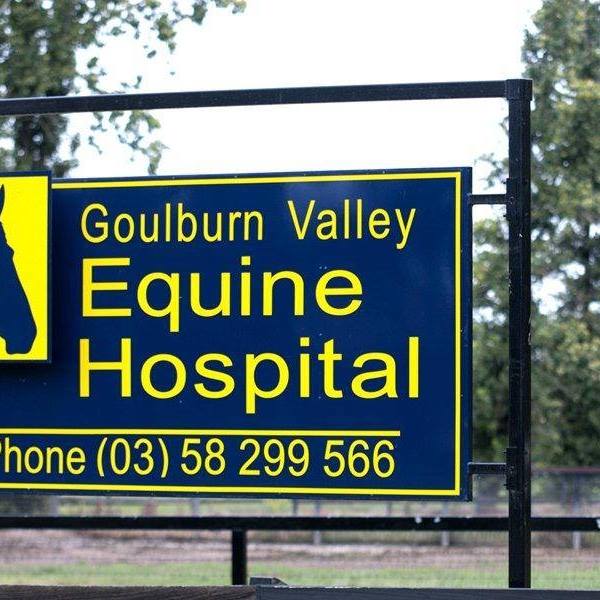
My experience managing a small stud farm in Queensland taught me the value of these hospitals. When a prized stallion developed a respiratory infection, only a specialized hospital with advanced diagnostics could provide the targeted treatment needed for a swift recovery.
These facilities not only save lives but also uphold the industry’s reputation for excellence. Let’s explore their specific roles in breeding, racing, and welfare, and how they shape Australia’s equine landscape.
Driving Breeding Success
Equine veterinary hospitals are pivotal in Australia’s horse breeding industry, particularly for thoroughbreds, which account for a significant portion of the nation’s equine exports.
Facilities like Goulburn Valley Equine Hospital in Victoria and Pascoe’s Oakey Veterinary Hospital in Queensland offer advanced reproductive services that enhance breeding outcomes. These include artificial insemination, embryo transfer, and hormonal therapies for mares with fertility challenges. Research by global equine experts indicates that such technologies can boost conception rates by up to 65% in problem mares. This expertise is vital for meeting the demand for high-quality racehorses.
During a breeding season, I collaborated with a hospital to assist a mare struggling to conceive. Their use of ultrasonography and tailored hormone protocols resulted in a healthy foal. Hospitals also manage stallion fertility, offering semen collection, freezing, and international shipping, as seen at Pascoe’s registered Artificial Insemination Centre.
These services support Australia’s position as a global leader in equine genetics, with hospitals ensuring both efficiency and ethical breeding practices.
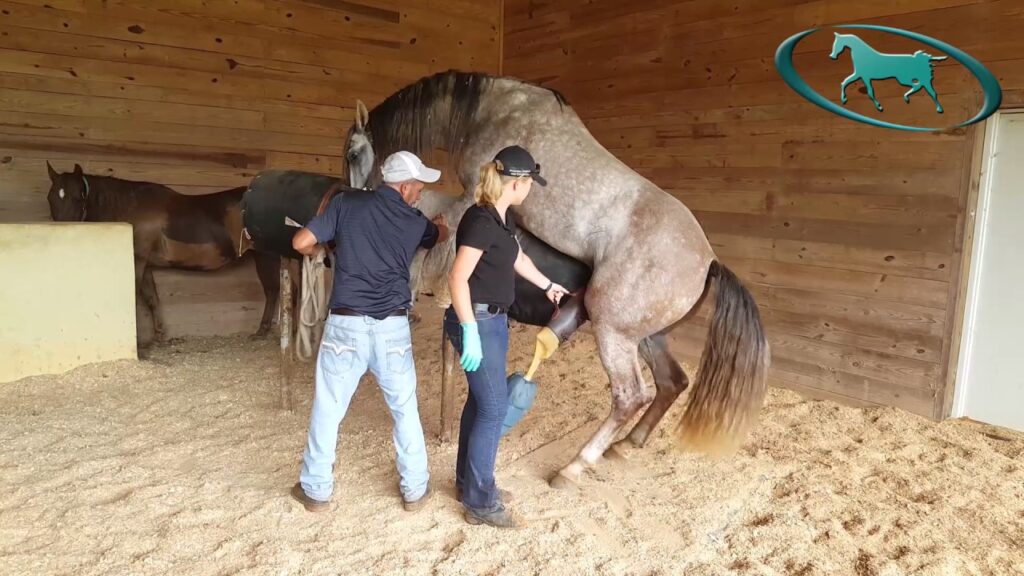
Optimizing Racehorse Performance
Racehorses operate under intense physical stress, making them susceptible to injuries like tendon strains and bone microfractures, which affect nearly 25% of thoroughbreds annually.
Equine veterinary hospitals like Scone Equine Hospital in New South Wales and UQ VETS in Queensland are equipped with state-of-the-art diagnostic tools (such as MRI, digital radiography, and scintigraphy) to detect and treat these issues early. These technologies allow veterinarians to identify subtle lameness or joint damage, preventing career-ending injuries. Leading veterinary research underscores that early intervention can improve recovery rates by up to 80% in performance horses.
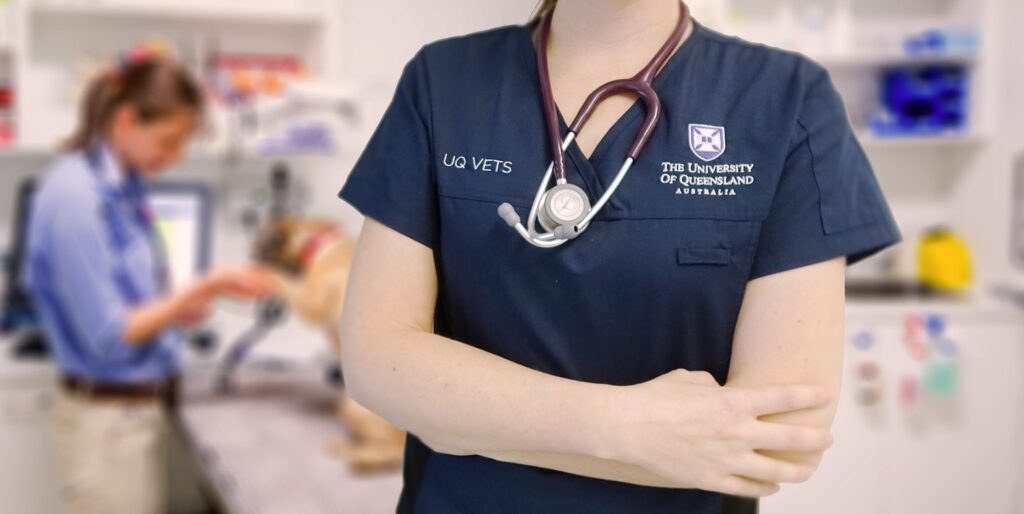
I recall a case where a trainer friend relied on a hospital’s lameness evaluation to diagnose a stress fracture in a young racehorse. The hospital’s rehabilitation plan, including aquatic therapy and controlled exercise, returned the horse to the track within six months.
Hospitals also conduct pre-purchase examinations, ensuring trainers invest in sound horses, and provide ongoing performance assessments to maintain competitive edge.
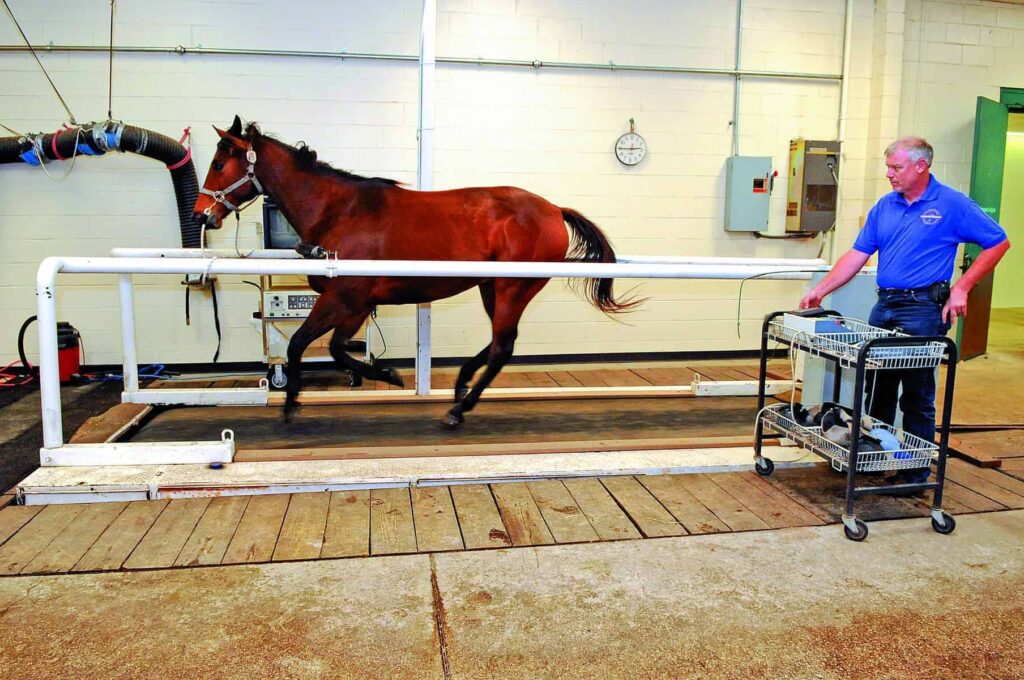
Ensuring Race-Day Safety
On race days, equine veterinary hospitals play a critical role in safeguarding horse and jockey safety. Veterinarians from facilities like Camden Equine Centre in New South Wales perform pre-race health checks, assessing heart rate, respiratory function, and musculoskeletal condition to ensure horses are fit to compete. Dr. Grace Forbes of Racing Victoria notes that these examinations prevent horses with underlying issues, such as cardiac irregularities, from racing, reducing the risk of injury. In 2022–2023, such protocols helped maintain a low equine fatality rate of less than 0.4% in Australian thoroughbred racing.
Hospitals provide emergency services like fracture stabilization and wound management, critical for minimizing suffering and enabling recovery. The Australian Veterinary Association mandates that race-day veterinarians be experienced equine practitioners, so they can maintain high standards under pressure. This veterinary oversight not only protects horses but also reinforces the industry’s commitment to ethical racing practices.
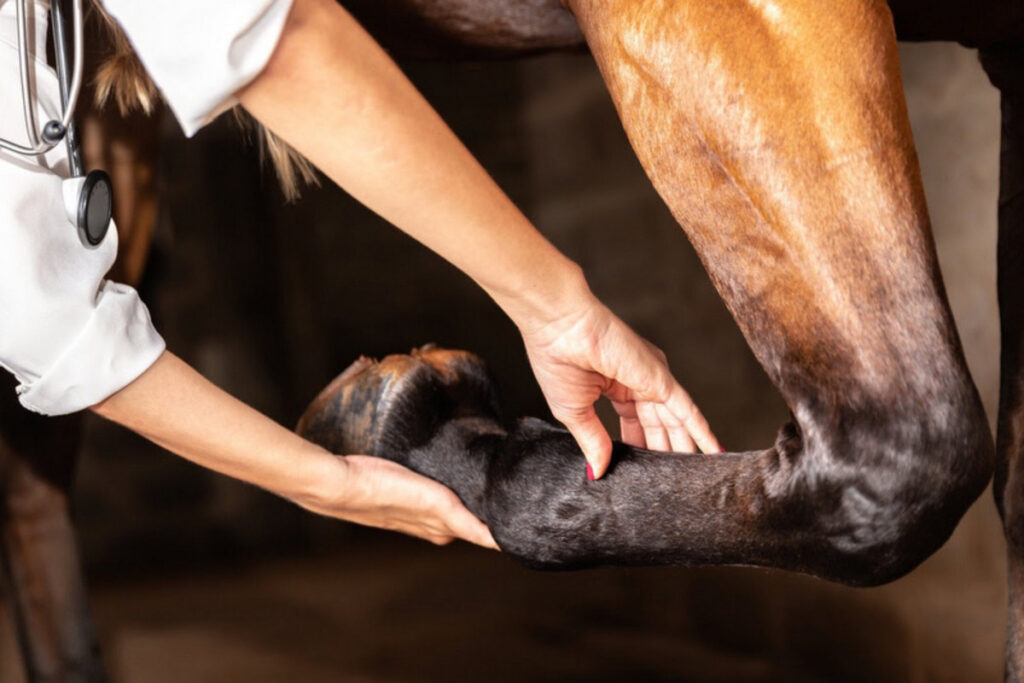
Advancing Equine Welfare
Equine veterinary hospitals contribute to the industry by driving welfare improvements through research and education. Facilities like the University of Melbourne’s Equine Centre collaborate with Racing Australia to study injury prevention and disease management. For example, research by Dr. Chris Whitton has led to training modifications that reduce stress fractures by up to 30%. These findings help trainers balance performance with horse well-being, extending careers and addressing public concerns about animal welfare.
Hospitals also educate breeders and trainers on preventive care, such as vaccination schedules and pasture management to avoid toxic plants like Paterson’s curse. In my operation, a hospital’s advice on biosecurity measures prevented a strangles outbreak, which can cripple a stud farm.
By disseminating knowledge through workshops and online resources, hospitals empower the industry to adopt sustainable practices. This aligns with global welfare standards set by international animal health agencies, ensuring Australia’s racing industry remains ethically sound.
Addressing Industry Challenges
Equine veterinary hospitals face significant challenges, particularly in meeting the industry’s demand for reproductive expertise. A shortage of equine veterinarians, especially in reproduction, creates pressure during the September–January breeding season, as highlighted by Dr. Jen Clulow of Charles Sturt University. This shortage can delay critical services, impacting breeding success. Hospitals are addressing this by recruiting internationally trained veterinarians and investing in training programs.
Public scrutiny over racing welfare also poses a challenge. The 149 racehorse deaths reported in 2020–2021 sparked debate, pushing hospitals to strengthen welfare protocols. Facilities like Scone Equine Hospital have responded with investments in advanced surgical suites and isolation units, completed in 2023, to enhance care quality. These efforts demonstrate the industry’s commitment to improving outcomes and maintaining public trust, ensuring its long-term viability.
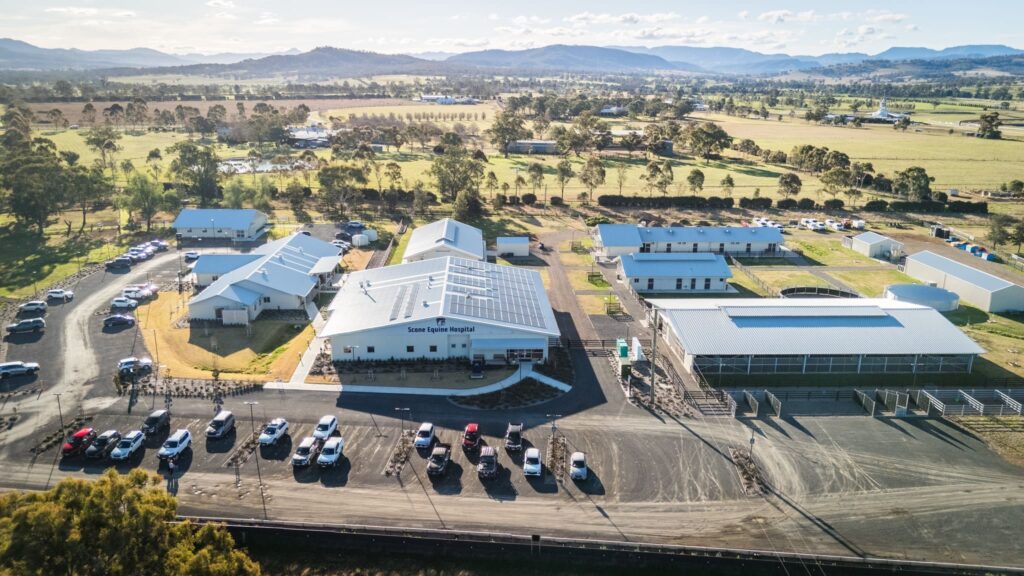
How to Leverage Equine Veterinary Hospitals
To maximize the benefits of equine veterinary hospitals, breeders and trainers should take proactive steps. Identify a hospital with expertise relevant to your needs: reproduction for breeders, performance diagnostics for trainers. Facilities like Avenel Equine Hospital or Perth Equine Hospital offer comprehensive services, including 24/7 emergency care. Schedule regular health checks to establish baselines, as I did to monitor my mares’ reproductive health, which caught issues early.
Review the hospital’s facilities and team credentials, ensuring they have specialists and advanced equipment. For racing, confirm their involvement in race-day protocols and compliance with doping regulations, as outlined by Racing New South Wales.
Be prepared for costs. Major procedures can range from AUD 5,000–20,000. And consider equine insurance to offset expenses. These steps ensure your horses receive tailored, high-quality care.
The Future of Equine Veterinary Hospitals
As Australia’s horse breeding and racing industry evolves, equine veterinary hospitals will play an increasingly vital role. Innovations like genetic screening and wearable health monitors will enhance breeding and performance outcomes.
Hospitals are also expanding ambulatory services to reach remote farms, improving accessibility. With growing public focus on welfare, hospitals will likely lead initiatives to further reduce injury rates and enhance rehabilitation protocols.
To address the veterinarian shortage, facilities must invest in education and flexible work models, as recommended by industry experts. Hospitals like UQ VETS, with its teaching programs, are already training the next generation of equine specialists.
These advancements will ensure Australia remains a global leader in horse breeding and racing, supported by world-class veterinary care.
Wrapping Up
Equine veterinary hospitals are the unsung heroes of Australia’s horse breeding and racing industry, delivering specialized care that drives success and upholds welfare standards. From reproductive expertise at Goulburn Valley Equine Hospital to race-day support at Camden Equine Centre, these facilities are essential for producing champions and ensuring ethical practices.
FAQ: Equine Veterinary Hospitals in Australia’s Breeding and Racing Industry
How do equine veterinary hospitals support horse breeding?
They offer artificial insemination, embryo transfer, and stallion management, improving conception rates and supporting global equine genetics trade.
What role do hospitals play in racing?
Hospitals provide diagnostics, lameness treatment, and race-day health checks to optimize performance and ensure horse safety.
How do hospitals improve equine welfare?
Through research, education, and preventive care, hospitals reduce injuries and diseases, aligning with global welfare standards.
What challenges do these hospitals face?
Veterinarian shortages and public scrutiny over welfare require hospitals to innovate in recruitment and facility upgrades.
How can I choose a hospital for my horses?
Select a hospital with specialized services, advanced diagnostics, and a strong reputation, tailored to your breeding or racing goals.
Related:

